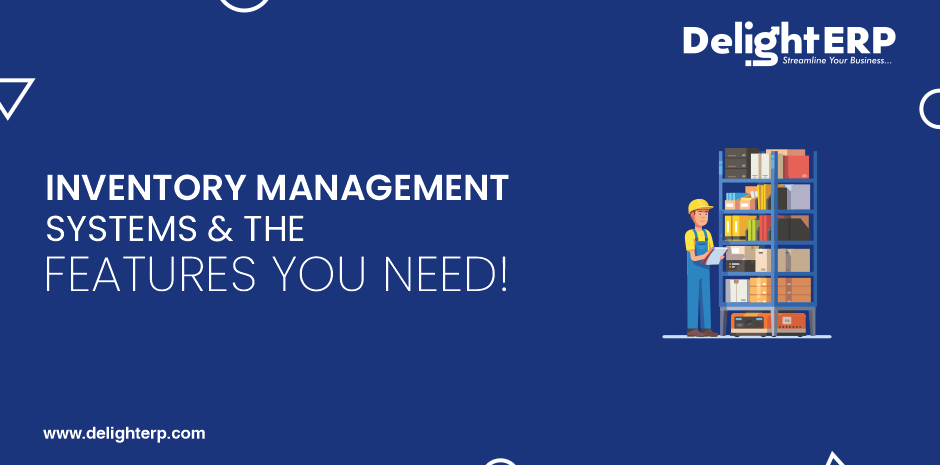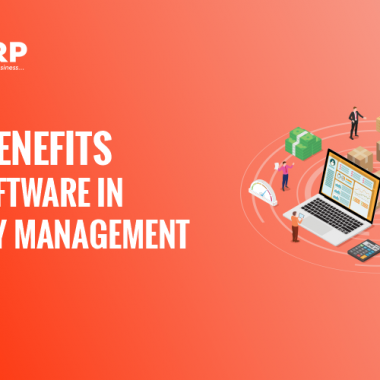Introduction
Many people are looking into the advantages of an in-house inventory management system (IMS). While these systems have a number of benefits for small business owners and owners of individual properties, what is most important is discovering what the various features of these systems actually are. When you are confident that you know what you need, you can decide whether you should work directly with an IMS or another method to manage inventory in your business. Online and brick and mortar business owners alike face the same challenge: how to keep up with their inventory. Applying for second or third-inventory systems can be costly. This article takes a closer look at some of the most popular inventory management systems available today, how they operate, and some of the best features they have to offer. There’s a lot of stuff out there, and it can all be confusing when trying to manage it all. Inventory management systems (IMS) are all the rage in the retail space because they free up inventory space by guiding incoming traffic and inventory placement. But before you dive into a system, consider all of the features that will be available for your future inventory needs.
Inventory Management System (IMS) can reduce the time spent in inventory management and increase productivity in your store by streamlining business processes related to ordering, handling, and delivering inventory products. These are some of the most important features that you remember when you learn about Inbound Marketing! Inventory management systems are commonly used to manage the flow of goods from sources to your customers. Some systems include supply chain management, real-time inventory monitoring, and ordering/caching.
There are several different kinds. In this article, we’ll look at what each one has to offer and which systems will work best for your business. With many business owners multitasking between managing individual inventory assets and running their company, they focus on the wrong things. Businesses need an inventory management system to help them track, control and organize their inventory. Unfortunately, not all inventory management systems are created equal and many retail chains still use paper-based systems. This makes it really hard to track what’s going on in your business.
What is an Inventory Management System?
An Inventory Management System (IMS) is a software system used to keep track of inventory or inventory-related material. In a company that manufactures products and services, the main function of an IMS is to collect and organize information on products and their various components, so that they can be assigned unique numbers and catalogued. Inventory management systems may also help manufacturers analyze consumer preferences and market research data by tracking stock levels, open orders, returns, and VAT outside of the country of purchase, etc.
An Inventory Management System, also known as an IMS, is a software solution that controls the flow of information through a business. An inventory system includes a set of tools and methods for the tracking, managing, and storing of physical goods, including inventory, tools, packages, inventory cards, inventory records, warehouse facilities, inventory control software, and any other asset type, including inventory records for automated systems and would-be systems. An inventory management system (IMS) will make managing and controlling your inventory easier. It improves the way you do business by combining different business software into one easy-to-use platform. Learn how to read an IMS 2016 introduction and benefits before you put your system into place.
Also Read : Top 10 Benefits Of ERP Software In Inventory Management
Features of Inventory Management System
The features of the Inventory Management System demonstrate the work of our team in creating an online inventory platform that directly connects with retailers. With the help of social media and other online resources, we’ve managed to create an effective inventory management system that is user-friendly, user aware, and adaptable. The biggest advantage of the Inventory Management System is right at its core. When you shop online, you are inclined to buy products that are physically close to your current needs. In other words, you always want what you have in stock – what you have sold already, and what is trending at the moment.
Inventory Management System is software that helps you keeping track of your inventory and its status. It can help minimize the cost of buying new products and increase revenue as well. Here are some of the best features of inventory management software:- Price & ticket pricing works with local currency whenever you order from our store without paying for the items separately and when you place an order without paying cash or discount codes, we use the same price or lower price that’s in effect globally. There are some unique features that may make this software stand out among others, that may make it worth your attention. Inventory management systems provide the fast and efficient organization of storage, which has numerous benefits, such as ensuring that the stock kept in any one place is not wasted. Storage space is easily being depleted especially at businesses that generate a lot of inventory such as on fashion brands or retailers.
Inventory management systems have the ability to create clusters and plan out how many items are needed in those clusters. It enables the managers to keep track of all goods and stock items efficiently. That includes price check specials, colour schemes, or quantity. You can also check on selling or cancelling coupons for your customers. You can manage multiple employees and customers, order goods quickly, and control shipments efficiently too.
Sales tools are where you will find most of your inventory management software should you choose to utilize one. However, knowing what features of inventory management systems provide the most value can be time-consuming and difficult to determine. There are countless pieces of information out there from reports to diagrams. Many of these pieces of information can be confusingly presented due to their lack of clarity. In short, we’ve created a tool that cuts down redundant steps and helps automate complex processes.
Finding the right inventory management system
Finding the right inventory management system is a good place to start. The search can be long and hard, as you need to evaluate choices including price, features, storage capabilities, and many others. Some potential trade-ins include small freelance and inventory management software, software to help owners manage inventory faster, mobile app services, and last-mile delivery services that can help eliminate human error. Most commercial inventory systems are designed for small to mid-sized businesses; however, many low-volume retailers have found that automated, custom-built systems can lead to better sales, as well as reduced overhead costs.
The most popular online selling platforms today are e-commerce solutions, which enable you to sell products globally. Now, when you are trying to find the best solution for e-commerce optimization and fulfilment, there are plenty of pioneers among the best eCommerce software providers that comes with advanced features to manage every aspect of your internet business. You see, there are a lot of options out there, so it can be a real pain just trying to figure out how they all fit together. In addition, the prices can be a little high. There is a lot of software out there for a relatively small amount of money.
There are some great deals though, so it’s usually worth taking a look at what others’ experiences are before you commit to one. It is usually a collaborative effort between the business leaders, team leads, sales, and marketing teams as well as the developer involved in building the system. Sometimes, collaboration can be easy, with one executive requesting the development of new software installed on their computer or smartphone but many times the process of finding the right software for an organization can take months. You want to make sure you have a system in place that will save time for your staff and customers while providing the necessary information to perform their jobs efficiently. If correctly used, an IMS can help you grow your business by increasing sales and reducing inventory costs.
Conclusion
An Inventory Management System is a system that helps you keep track of your inventory and enables you to execute basic stock management functions. It can help you streamline your business operations, save time, and provide insight into key performance areas. The various components of an IMS include inventory control software, data feed, and data storage system. An Inventory Management System (IMS) is a type of information management system that is used to track, control and analyze the quantity and identity of products in an organization. It helps organizations make informed decisions about how to allocate their resources by letting them allocate inventory correctly. By tracking inventory correctly, it enables organizations to make informed decisions using current and historical information about their product needs.


